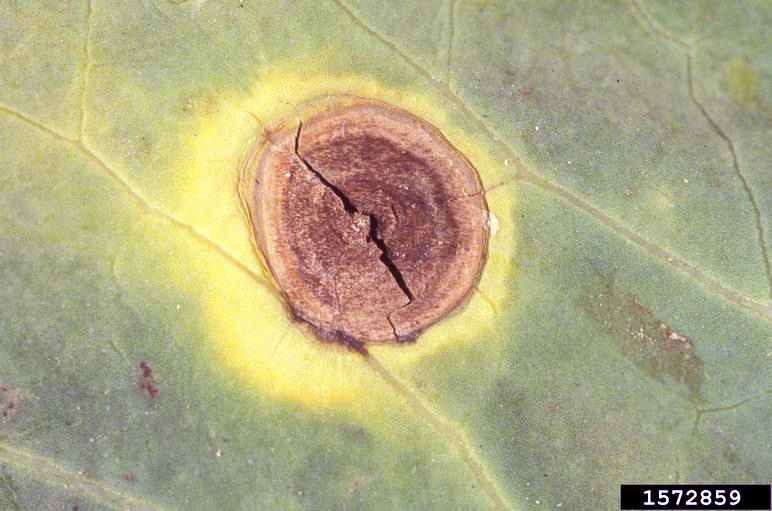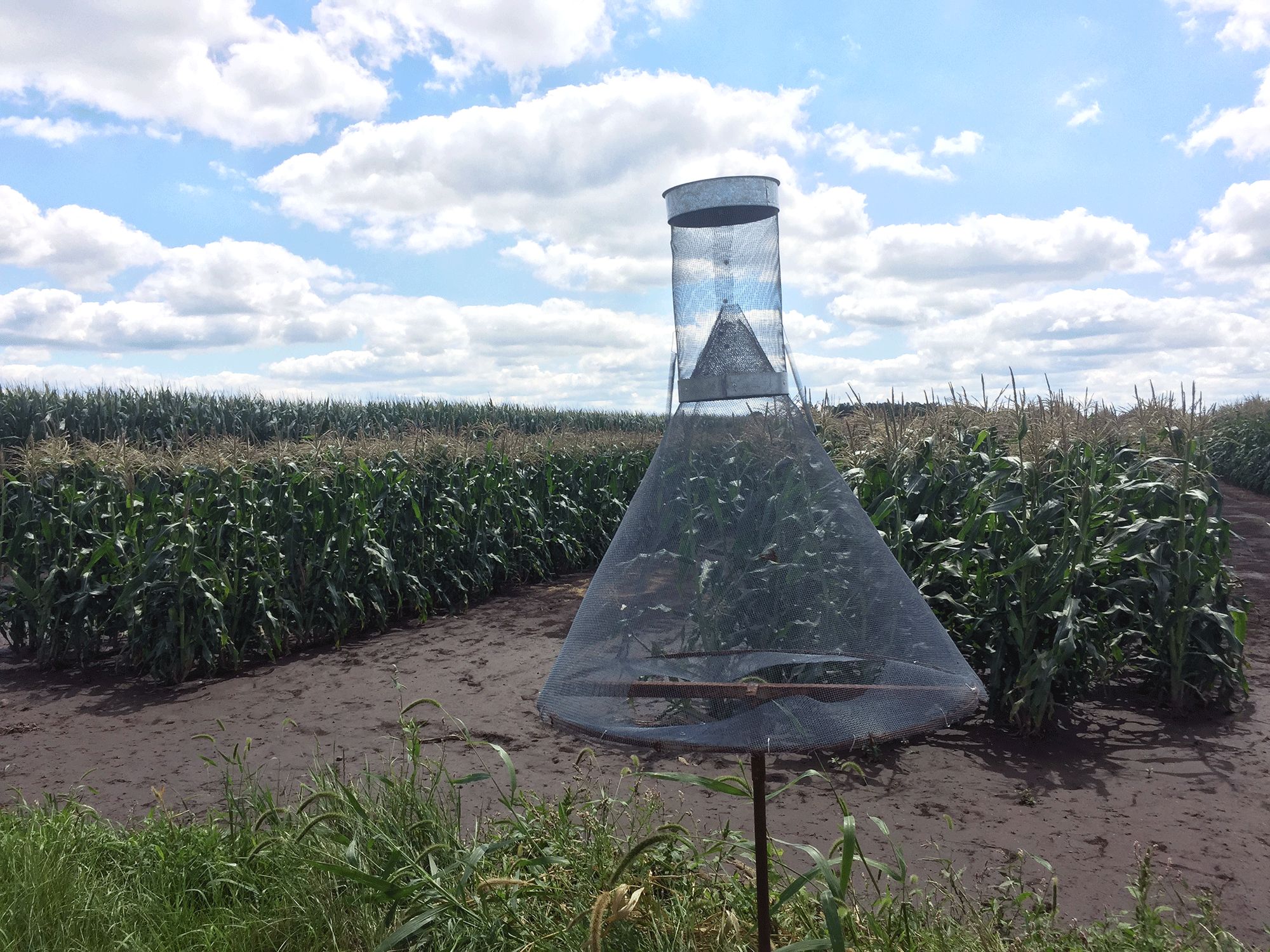Author: Natalie Hoidal, UMN Extension educator, local foods and vegetable crops
What a difference a week can make! After a hot, dry summer, we've been experiencing heavy rainfall and fall-like temperatures across the state. This is the busiest part of the summer for many growers. We're at peak harvesting time for many labor intensive summer crops like tomatoes, peppers, green beans, and cucurbits, while still scouting, weeding, and maintaining fall crops. This week's rainfall will likely cause some common physiological issues related to moisture fluctuation, and could exacerbate disease pressure.
Problems in the field / things to note this week
Anticipating the impacts of fluctuating precipitation on vegetable crops
Whenever we have a lot of rainfall following weeks of drought, we can anticipate some changes in our crops. As I talk about often in this newsletter, fluctuating water levels are behind a range of issues like cracking and blossom end rot in tomatoes, blossom end rot in peppers and summer squash, hollow heart in potato, and hollow stem in broccoli. Expect to see at least some of these issues in the coming week, particularly cracking in tomatoes, which occurs after tomatoes receive a flush of moisture following dry conditions. One thing I've noticed is that after a long period with rain, farmers are anxious for things to dry out again in order to get back into the fields, or may skip a round of irrigation. Keep track of soil moisture in the coming week to make sure your soil doesn't dry out too much following this period of rainier weather.
 |
| Photo: Natalie Hoidal |
Managing flooded fields
Many
areas of the state were under flash flood warnings last night, and a
few places received 2-3 inches of rain over the span of an hour or less,
and growers in northern MN received 3-6 inches of rain overnight. If
your farm flooded, make sure you're following best practices for food
safety. An insect to keep an eye on: Blister beetles
(Section by Marissa Schuh, Integrated Pest Management Educator)The hot, dry weather we experienced for much of the summer has impacted the insects we are seeing. Grasshoppers have been out in high numbers, and we are also seeing high numbers of grasshopper predators. Blister beetle reports have trickled in from farms and gardens from the North Shore to the Iowa border. While the immatures beetle eat grasshopper eggs, the adults are defoliators.
These beetles are typically flower feeders (I have seen them in a couple of cut flower patches). However, they have also been feeding on potatoes and other solanaceous crops. These beetles not only defoliate, but get their name for the painful oils they produce. If you are seeing high numbers of these beetles feeding on your crops, handpicking while wearing gloves is the best course of action in small plantings.
Most blister beetles I am seeing are a matte grey. Photo: Ward Upham, Kansas State University, Bugwood.org
Crop updates
- Cucurbits: It's watermelon season! Growers across the southern half of the state have started harvesting melons in the last week. Usually I get calls from at least a couple of growers around this time of year about raccoons having a late night watermelon party - raccoons can cause a ton of damage in a short period of time if they find your melons, so make sure you're keeping an eye out, and potentially setting up electric fencing if watermelon is an important crop for you. On a different note - I've been seeing a lot more foliar diseases in cucumbers and zucchini this week. The main issue I've personally seen is angular leaf spot, but there are quite a few others that are often present in late August. On our vegetable disease page, we have a list of common diseases in cucurbits that may help you diagnose any leaf spots you're seeing. You're also welcome to submit a photo below or submit samples to the plant disease clinic.
 |
| Raccoon damage in watermelon. Whitney Cranshaw, Colorado State University, Bugwood.org |
- Tomatoes: We've seen a little bit of foliar disease pressure this year, but it's been quite minimal for the most part. With the recent rain, make sure you're scouting your tomatoes (when the leaves are totally dry if possible) and keeping an eye on disease spread. Our vegetable disease page contains a list of the most common tomato diseases we see in Minnesota.
- Garlic and onions: Remember as you finish curing onions and garlic that these crops have somewhat unique storage requirements. They prefer cool conditions (~40 degrees F) and lower humidity (50-60% relative humidity). If possible, they should be stored separately from most other vegetables, which tend to prefer high humidity. Review our postharvest guide for crop-specific instructions.
- Cole crops: Take some time to focus on cole crop diseases this week. I've seen a little bit of Alternaria on most of the farms I've visited lately, and with moderate temperatures and more moisture in the atmosphere, conditions are likely to facilitate its spread. Alternaria has shown resistance to group 11 fungicides in some states, so keep this in mind if you plan to spray. Read more about the disease and management strategies here.
 |
| Alternaria lesion. Photo: Gerald Holmes, Strawberry Center, Cal Poly San Luis Obispo, Bugwood.org |
- Sweet corn: Corn earworm trap counts spiked in Blue Earth County last week. Looking at the historical trap counts, mid to late August is when we typically see populations peak. Relying on UMN Traps is a good start, but if sweet corn is a major crop for you, it's likely worth investing in some pheremone traps for your farm, as populations can vary significantly from field to field. Read more about corn earworm trapping and management here.
 | ||
| Corn earworm trap. Photo: VegEdge |
| Sweet corn with large CEW larva and associated feeding damage (E.C. Burkness, UMN). |
Comments
Post a Comment